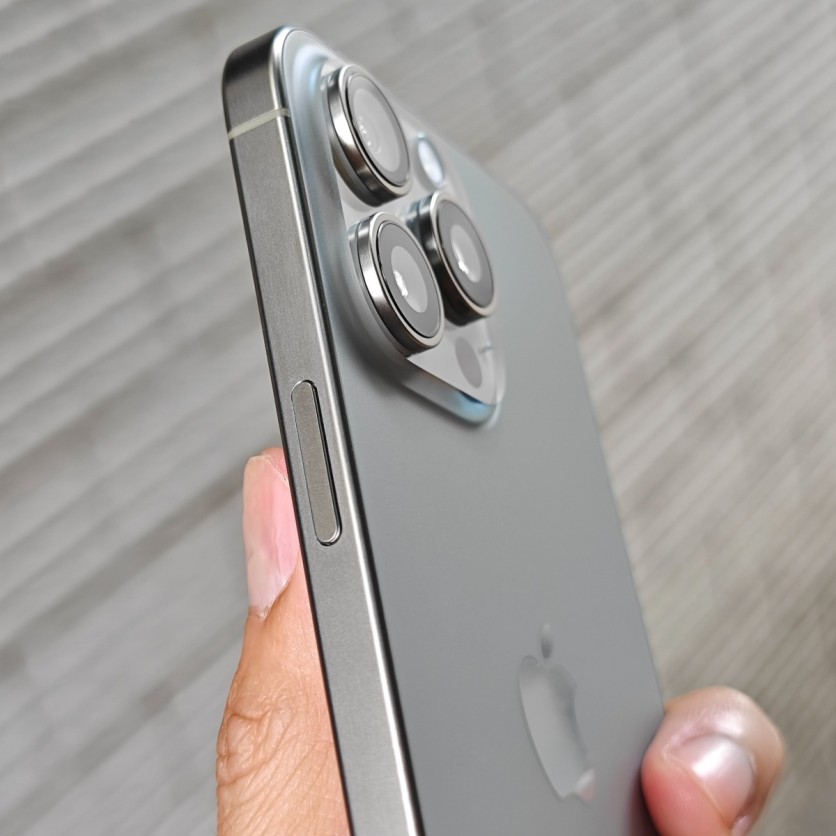Ming-Chi Kuo, a renowned Apple analyst, predicts a paradigm shift in the smartphone industry. The innovative glass-plastic hybrid lens, featured in the iPhone 15 Pro Max, is anticipated to set a trend for high-end Android phones.
Overcoming Glass Lens Limitations

While glass lenses offer unparalleled optical quality, their integration into smartphones poses challenges, 9to5Mac mentions in its reports.
Glass elements tend to be larger, adding bulk to slim devices where space is a premium. Moreover, the inherent heaviness of glass demands more robust motors for optical image stabilization, contributing to increased weight and power consumption. Fragility is another concern, amplifying the risk of internal damage upon accidental drops.
Related Article : New iPhone 15 Pro, Pro Max Are Made of Titanium; Here's What You Need to Know About the Metal
The Evolution of Glass-Plastic Hybrid Lens
The iPhone 15 Pro Max introduces a glass-plastic hybrid lens, known as 1G3P - one glass element paired with three plastic ones. This innovative compromise aims to retain the quality benefits of glass while mitigating its drawbacks.
Particularly effective in reducing distortions, the use of at least one glass element allows for a streamlined lens design with fewer elements.
Trend Setter in the Lens Industry
Kuo's investment note highlights key trends emerging in the lens industry, triggered by the adoption of glass-plastic hybrid lenses:
Shift to Molding/Spherical Glass: The industry is witnessing a move towards molding/spherical glass in hybrid lenses, surpassing the performance of wafer-level glass (WLG).
Competition in Lens Design: The 8P lenses face competition from 1G6P, offering advantages in lower height and a gradually diminishing cost difference.
Addressing Lens Deformation: The glass-plastic hybrid lens emerges as a superior solution to combat lens deformation resulting from CCM design.
Industry-Wide Adoption: Following Apple and Huawei's lead, other high-end smartphone brands are expected to embrace glass-plastic hybrid lenses in their future models.
Largan, the manufacturer of Apple's tetraprism lens, is at the forefront of this transformative trend.
While the glass element is currently outsourced, Largan aims to develop its own glass element by 2025 or 2026. This aligns with Apple's stringent quality requirements. The exclusive tetraprism lens in the iPhone 15 Pro Max is projected to feature in the iPhone 16 Pro next year, thanks to improved yields.
Advancements in Smartphone Optics
Largan strives to safeguard its position as it faces legal battles to protect its patents and secure a competitive edge in the evolving landscape of smartphone lens manufacturing.
The integration of glass-plastic hybrid lenses not only marks a significant advancement in smartphone optics but also paves the way for a transformative shift in the industry.
If this continues to be a trend for the years to come, we might see it more often in future Android handsets.
The iPhone 15 Pro Max is not the only smartphone model with glass-plastic hybrid lens. Kuo also claimed that the Huawei P70 Art will have this feature on top of its 1-inch Sony IMX989 sensor.





